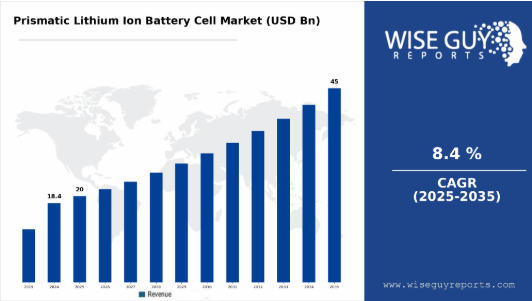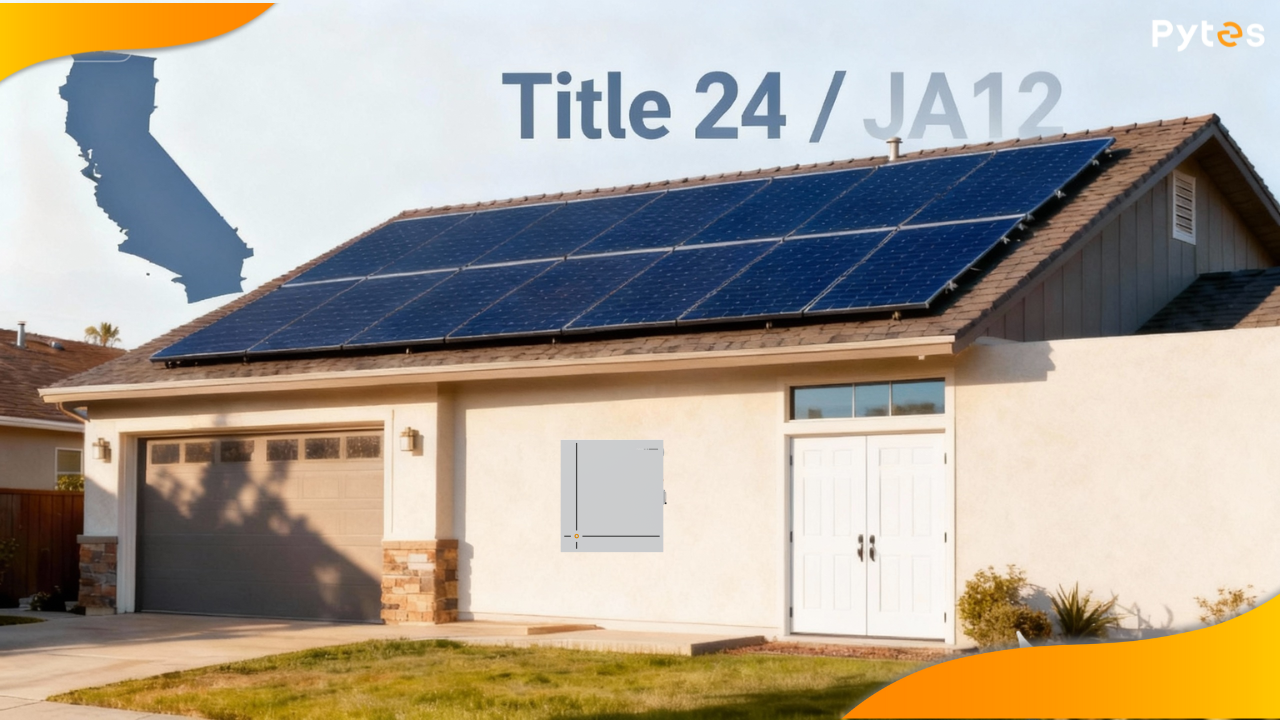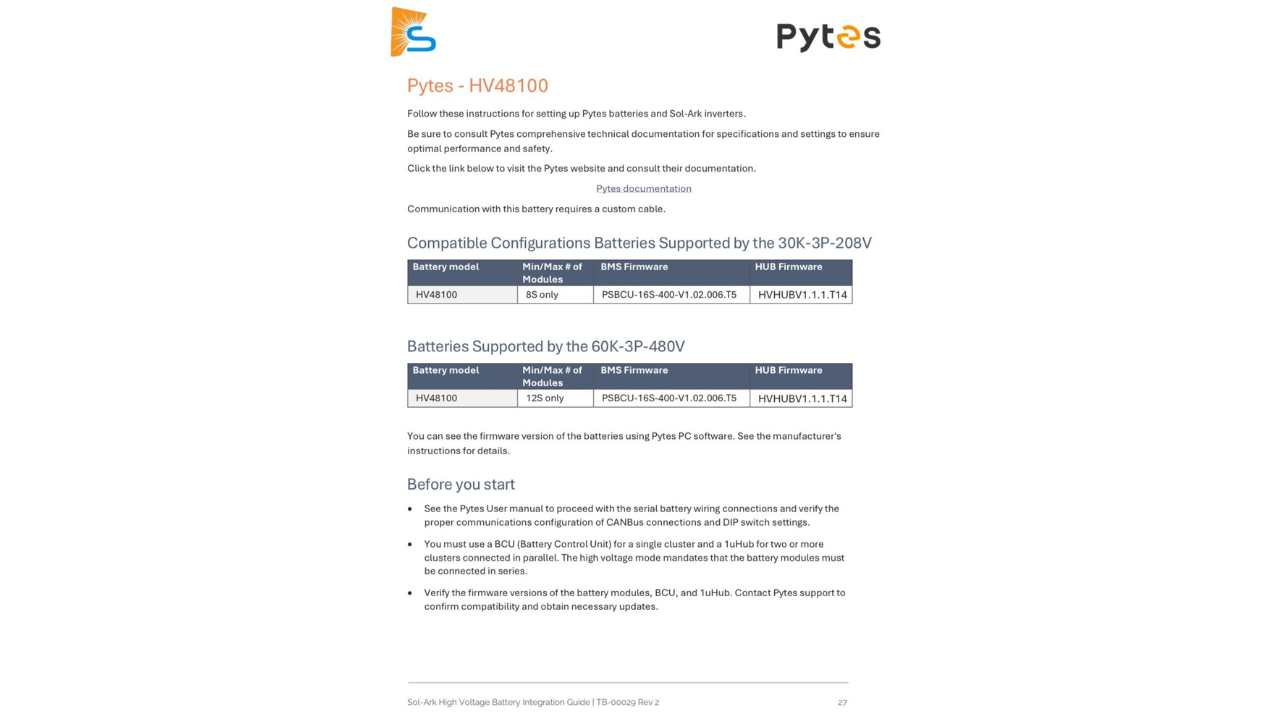As renewable energy technologies advance and home automation grows more sophisticated, integrating home lithium iron phosphate (LFP) battery systems with smart home energy management is becoming a game-changer for residential energy users. Combining the safety and durability of LFP batteries with intelligent control systems allows homeowners to maximize energy efficiency, reduce utility costs, and increase energy independence.
This article explores how home LFP batteries work in smart home energy systems and why this integration can effectively transform home energy management.
Home LFP battery systems can store excess electricity generated by solar panels or the grid, allowing homeowners to use the stored energy at night, during peak demand, or during power outages. LFP batteries have a long lifespan, high efficiency, and are not prone to overheating or thermal runaway, making them ideal for home energy storage.
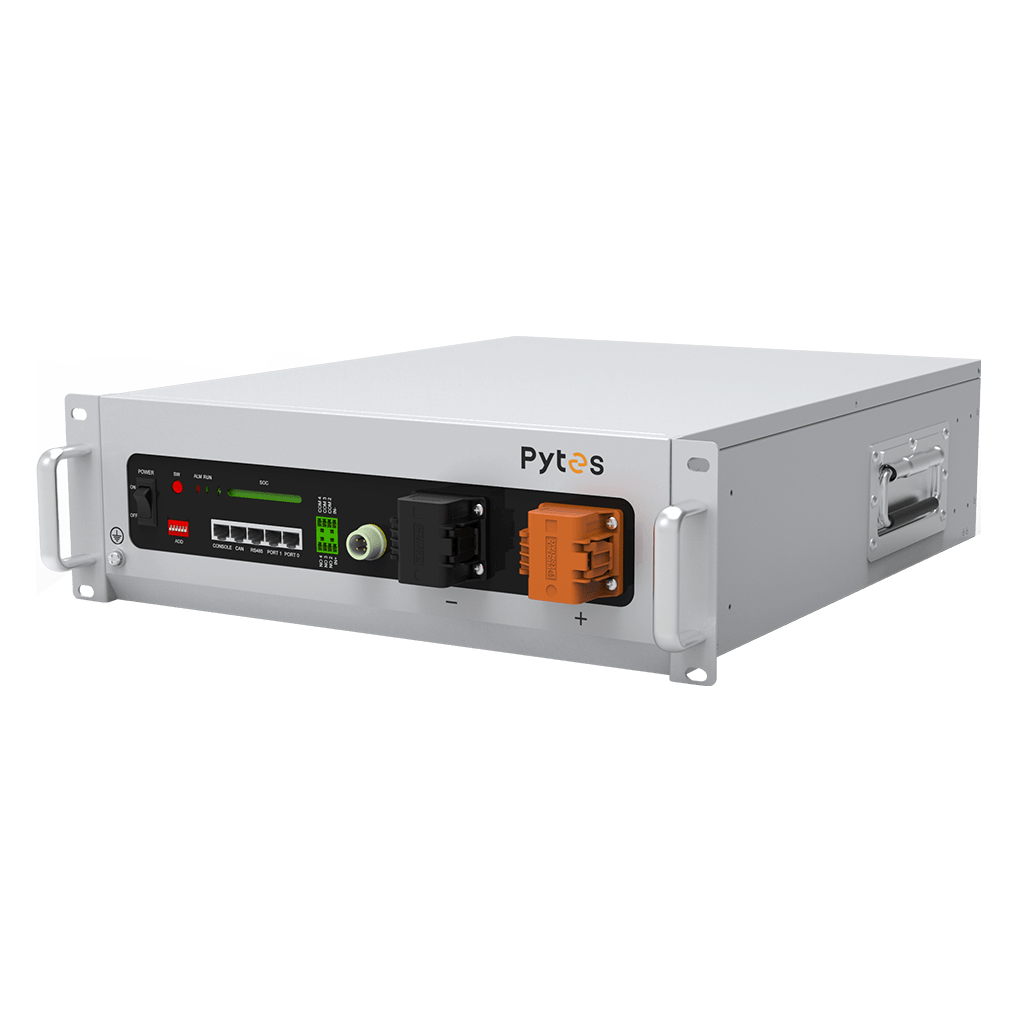
A smart home energy system refers to an integrated platform combining renewable energy sources, energy storage, consumption devices, and intelligent controllers. These systems often include:
Solar panels or other renewable generation sources
Battery energy storage (e.g., LFP batteries)
Smart inverters and energy controllers
Smart meters and sensors
The goal of smart home energy systems is to optimize energy generation, storage, and consumption automatically, reducing energy waste and saving money.

1. Enhanced Energy Management
Integrating LFP batteries into smart energy systems enables real-time monitoring and control of energy flows. Homeowners can track solar generation, battery charge levels, and household energy consumption through smartphone apps or web portals.
2. Cost Savings Through Intelligent Load Shifting
Smart energy systems can automatically shift energy usage to take advantage of stored battery power during expensive peak rate periods or when solar output is low. By intelligently timing energy use, homeowners reduce utility bills while minimizing battery wear.
3. Increased Energy Independence and Resilience
A well-integrated system ensures that stored energy is used optimally during grid outages, providing backup power when it matters most.
1. Battery Management System (BMS)
The BMS is critical to LFP battery safety and longevity. It monitors cell voltages, temperature, and state of charge, protecting the battery from damage. Integration with the home energy system allows the BMS to communicate battery status and health data to the smart controller.
2. Smart Energy Controller
This device acts as the system’s brain. It coordinates energy flows between solar panels, LFP batteries, the grid, and home loads based on preset preferences or real-time conditions.
3. Inverters and Converters
Inverters convert DC power from solar panels and batteries into AC power usable by home appliances. Some smart inverters can also interact with energy management systems, optimizing power conversion and enabling grid services such as demand response or virtual power plant participation.
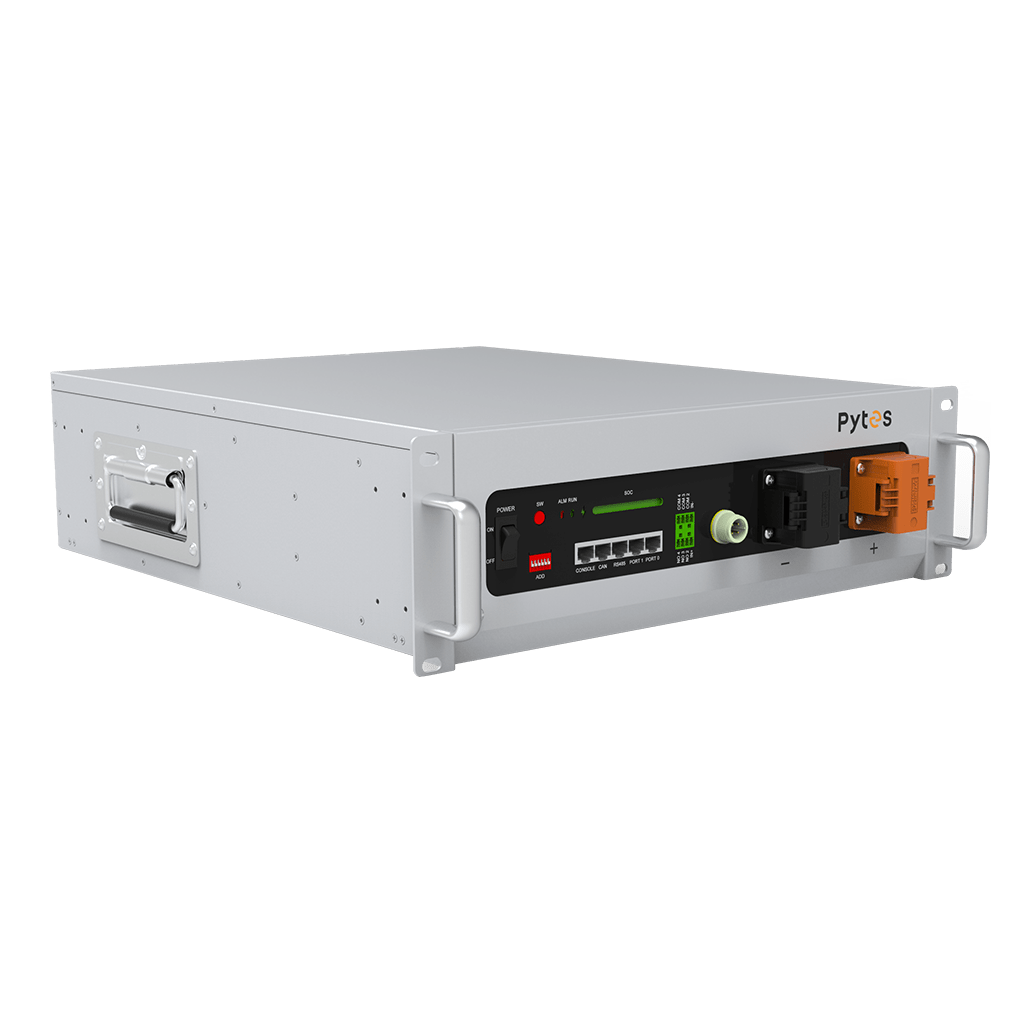
Integrating LFP (Lithium Iron Phosphate) home battery systems with smart home energy systems brings multiple significant benefits to home users, ranging from saving energy and lowering bills to enhancing energy autonomy, as follows:
1. Maximizing Energy Use Efficiency
The integrated system is able to intelligently deploy the flow of energy based on the home's actual electricity demand, solar power generation, and fluctuations in electricity prices. The system will automatically decide when to store energy and when to discharge it, thus improving the overall efficiency of energy use and reducing waste.
2. Reduce power costs
Through the “Peak and Valley Tariff Management” function, the system can automatically charge the battery when the price of electricity is low, and use the stored power during peak hours, thus reducing the dependence on high-priced grid power, and significantly reducing the cost of electricity in the long run.
3. Realize energy independence and standby power security
When the grid fails or the power goes out, the LFP battery can be used as an independent standby power source to continuously supply power to critical home appliances such as lighting, refrigerators, and networks, enhancing the energy security and autonomy of the home.
4. Flexible Expansion, Adapting to Future Demands
Modern LFP energy storage systems such as Pytes V5° are equipped with modular design and parallel connection capability, which allows users to gradually expand the capacity according to the actual demand for electricity, which is highly flexible and forward-looking.
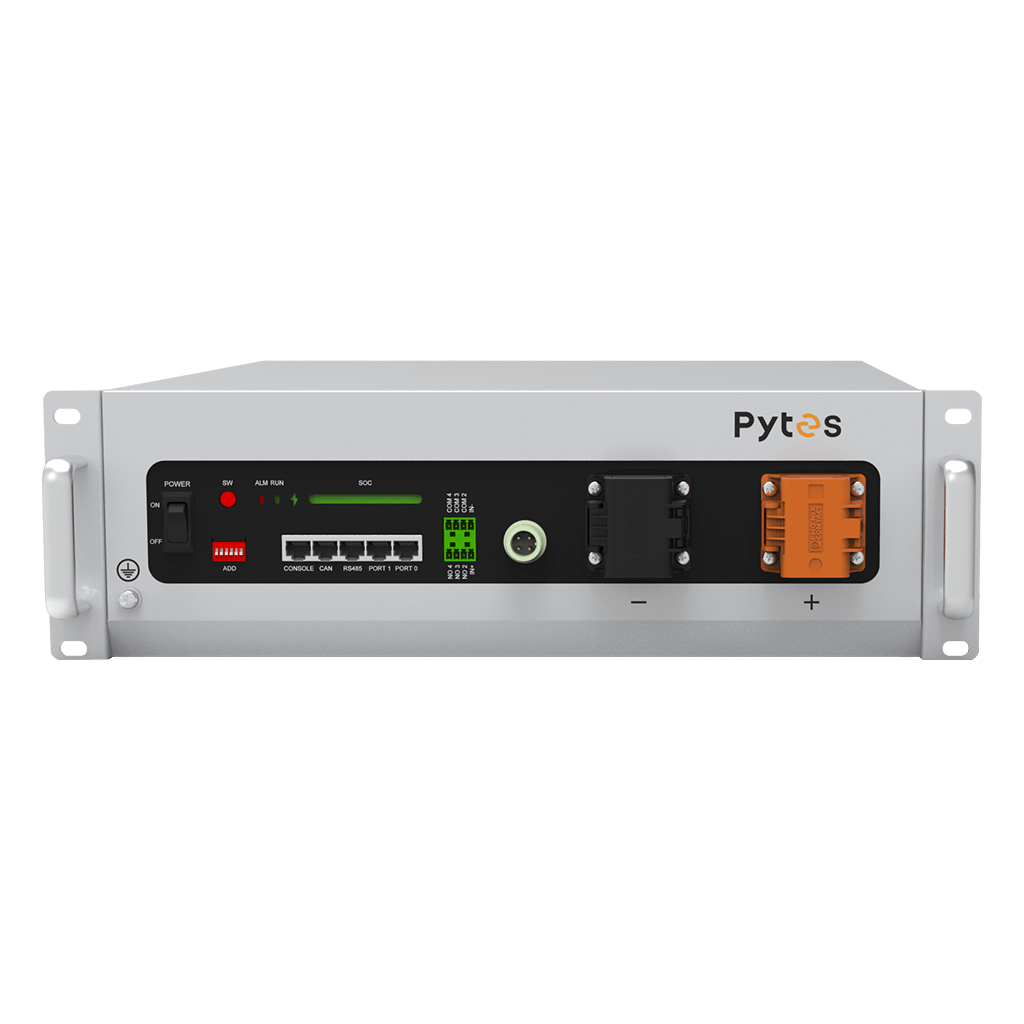
The integration of home lithium iron phosphate battery systems and smart energy management provides an effective solution for more efficient and resilient residential energy. By harnessing renewable energy and managing it intelligently, homeowners can reduce energy bills, reduce grid dependence, and increase energy autonomy.
Here, it is recommended to consider the Pytes V5° home battery energy storage system, which combines advanced lithium iron phosphate technology with remote monitoring, seamless software updates, and modular scalability. The system is UL 9540 certified and compatible with a variety of inverters, designed to meet the changing needs of today's smart homes.
Why Choose.Energy Storage System Lithium lron Phosphate Battery As Your Home
